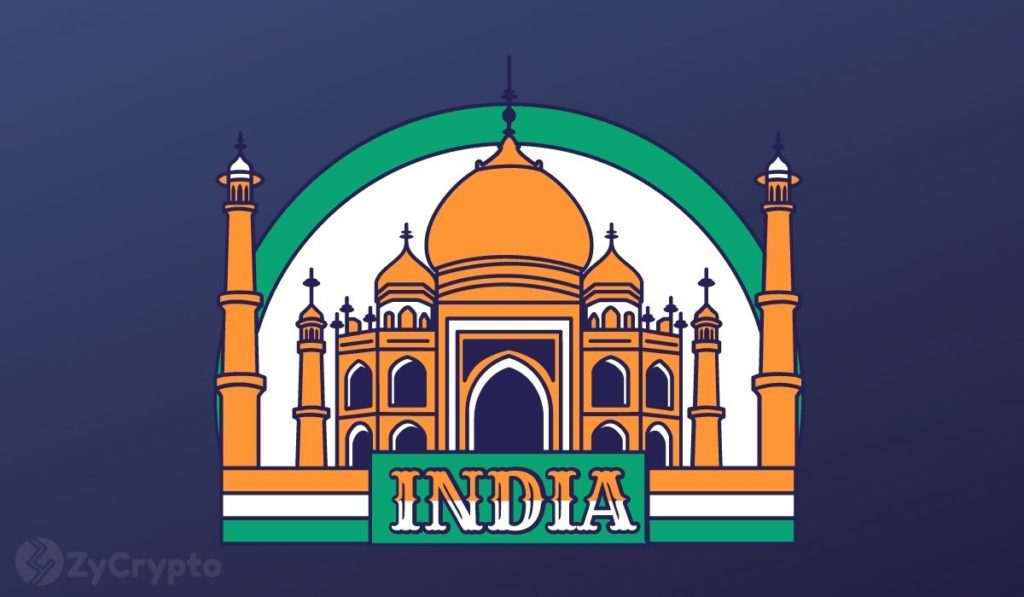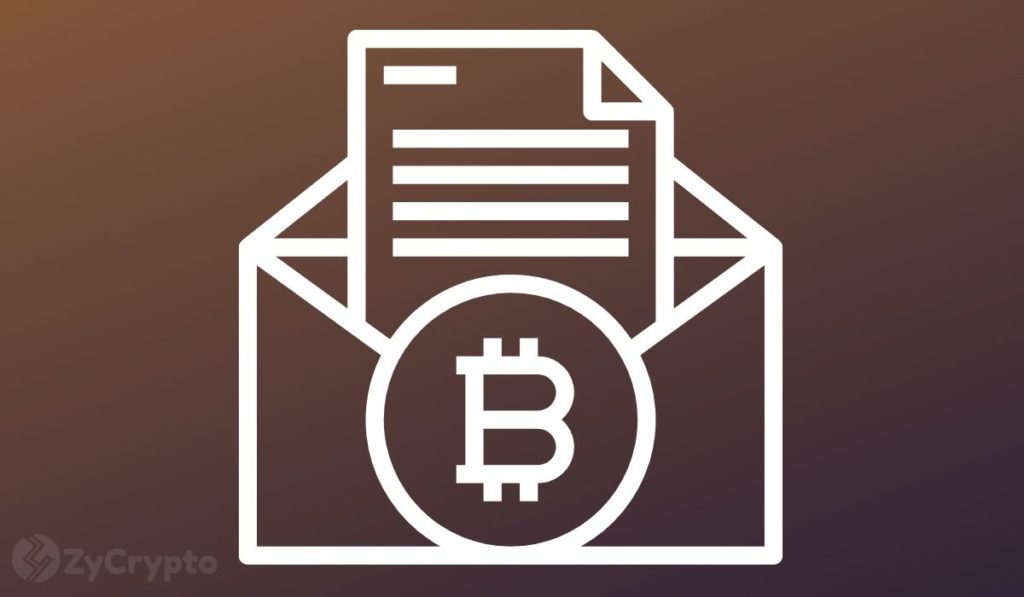
2018-7-5 23:00 |
The Reserve Bank of India’s cryptocurrency ban comes into effect tomorrow (July 6, 2018). Once one of the thriving centers of cryptocurrency commerce, the ban is most likely going to decimate India’s virtual currency economy. Here is a look at how the country’s government has succeeded in its cryptocurrency clampdown.
A Little Bit of HistoryBitcoin already had a significant presence in India way back in 2012. By the following year, pioneer Indian cryptocurrency exchange platforms like BttcxIndia and Unocoin had already set up shop in the country.
The Bitcoin exchange market thrived to such an extent that government officials took notice. In December 2013, the RBI released its first warning against cryptocurrencies.
Fast forward to 2016, specifically November 8, 2016, when Indian Prime Minister Narendra Modi greenlight the country’s demonetization policy. It was a sweeping move that rendered 86 percent of the country’s circulating currency worthless.
Many Indians, especially upwardly mobile demographic soon embraced Bitcoin and other cryptocurrencies. Heading into 2017, the country’s cryptocurrency economy seemed to be growing. 2017 was an eventful year for the market as prices rose astronomically. Those who hadn’t adopted virtual currencies after the 2016 demonetization jumped on the bandwagon as virtual currencies gained global mainstream attention.
Ambivalence Gives Way to a Cryptocurrency Crack DownRight on cue, the RBI issued another warning to cryptocurrency investors about the dangers inherent in the market. This warning came in December 2017 with the Bitcoin price closing down on $20,000.
The start of the new year saw the emergence of not only anti-cryptocurrency rhetoric but also negative policies. Finance Minister, Arun Jaitley blasted Bitcoin during the February 2018 annual budget speech. Jaitley characterized virtual currencies as illegal, saying they will not form part of the country’s payment infrastructure.
By the following month, rumors of impending regulations began to surface. Banks begin withdrawing services to some cryptocurrency exchange platforms. In April 2018, the RBI issues a ban against cryptocurrencies. Under the ban, financial institutions in the country are prohibited from conducting business with cryptocurrency exchange platforms and investors. The RBI gave institutions a three-month period of grace to comply with the ban.
Numerous Repeal Attempts FailNot willing to go down without a fight, Indian cryptocurrency exchange platforms decided to take the matter to court. In May 2018, to the disappointment of crypto enthusiasts in the country, the Supreme Court struck down an interim injunction against the ban.
In June 2018, a startling revelation emerged that shows that the RBI failed to carry out any detailed research before issuing the ban. The legitimacy of the RBI’s decision is questioned leading to some petitioners seeking a stay of execution of the ban. The Supreme court, however, denied the petitioners.
As of tomorrow (July 6, 2018), the RBI ban comes into effect. Whether it turns out to be temporary or not, the RBI’s crackdown is sure to have a severe impact on what was once a thriving cryptocurrency market.
How long do you think the RBI ban will last? Keep the conversation going in the comment section below!
Images courtesy of PxHere, Bitcoinist Archives
The post Examining the Indian Government’s Fight Against Cryptocurrency appeared first on Bitcoinist.com.
origin »Global Cryptocurrency (GCC) íà Currencies.ru
|
|















